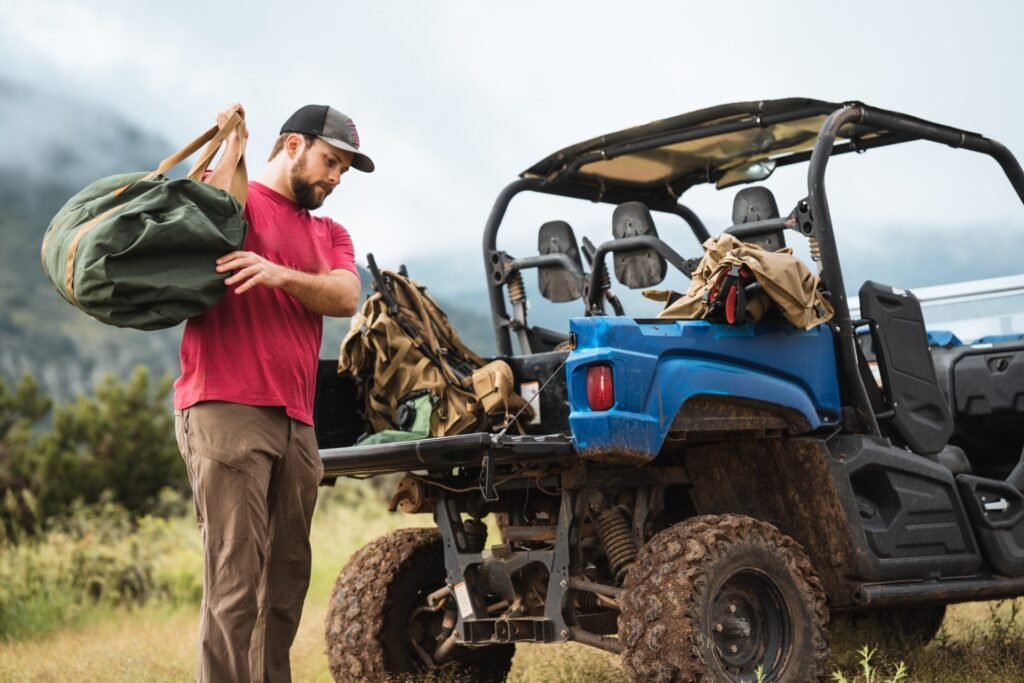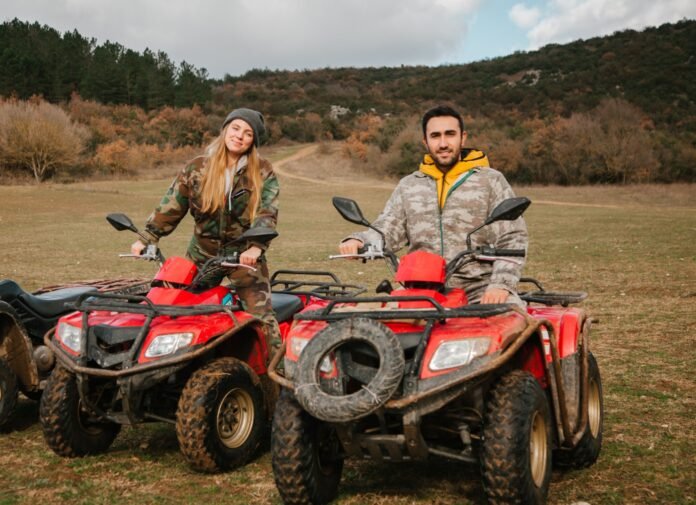Off-road driving has long appealed to the sense of freedom and adventure in many an outdoor enthusiast. Roaring up dusty trails, cresting sand dunes, and exploring forests excites people across many vocations from farmers and hunters to recreational riders with a need for speed. Off-road vehicles come in all shapes and sizes from 4-wheelers to Jeeps capable of transporting both people and gear to remote areas. One versatile option rapidly gaining popularity is the UTV, short for utility terrain vehicle.
First hitting the market in the 1990s and 2000s, the earliest UTV models served pretty utilitarian purposes. They helped farmers and agricultural workers haul equipment, livestock feed, fencing supplies, harvested crops, and more around spacious rural properties. Construction crews and landscapers used early UTVs to transport tools, lumber, plants, and materials around messy, uneven job sites. Essentially beefed up golfcarts and ARGOs, these proto-UTVs such as the Thumper Fab could deftly navigate all kinds of topography like pastures, wooded areas, creek beds and hills while packing substantial loads.

A UTV, or utility terrain vehicle, is an off-road vehicle with four or more wheels designed for utility purposes. They have bench or bucket seating side-by-side, unlike an ATV, where the rider straddles the vehicle. UTVs also have a rear cargo bed for hauling equipment, gear, or materials. They are more stable than ATVs and optimized for carrying passengers or cargo over uneven terrain.
Common features of UTVs include roll cages or bars, seat belts, steering wheels, headlights, brake lights, parking brakes, dump beds, 4WD or AWD, and off-road tires. Most recreational models have powerful 700cc or 800cc engines reaching speeds over 60 mph.
UTVs appeal to many enthusiasts:
Table of Contents
- Farmers, ranchers, and workers tackle chores like hauling feed, fence posts, hunting gear, or game over large rural properties.
- Construction crews transport tools, supplies, trees, dirt, and more around job sites.
- Sportsmen access remote hunting grounds and fishing spots to carry equipment in and game out.
- Outdoor thrill seekers drive UTVs on trails, dunes, mud pits, hills and more. They add accessories like light bars, stereo systems, winches, and off-road tires.
How UTVs Differ from ATVs
While UTVs and ATVs (all-terrain vehicles) both tackle off-road driving, UTVs have some key advantages:
- Safety: UTVs offer seat belts, roll cages, side nets and doors as shield passengers from rolls or debris. ATVs leave riders exposed.
- Stability: UTVs have wider wheelbases, lower centers of gravity, specially tuned suspensions, and heavier weights improving stability over uneven terrain versus more tipsy ATVs.
- Carrying Capacity: UTV bucket seats and cargo beds comfortably carry 1-6 people or gear in support of hunting, fishing, farming, etc. Straddling an ATV limits cargo space.
- Comfort: UTV’s padded bucket seating and suspension absorb bumps better for a more comfortable ride than straddling an ATV. Some UTVs even have backrests, tilt steering, and climate controls.
Key features UTV shoppers evaluate include:
- Engine size – 400cc engines suit light loads, while 800cc+ engines provide more power for heavy loads, high speeds, climbing hills, or demanding jobs.
- Payload capacity – Cargo beds and receiver hitches are rated for different weight capacities. Those hauling heavier gear should pay attention to payload ratings.
- Accessories – Buy accessories suiting your needs whether that’s plows, winches, roofs, doors, sound systems, racks, hitches, or performance parts.
- Safety – Only purchase UTVs with proper protective components like restraints, guards, brake lights, and rollover protection.
- Comfort – Test drive models with appropriate legroom, padding, shocks, and handling to comfortably accommodate you and any passengers.
Carefully evaluating models by testing test drives and weighing features against priorities helps match enthusiasts to their perfect UTV.


